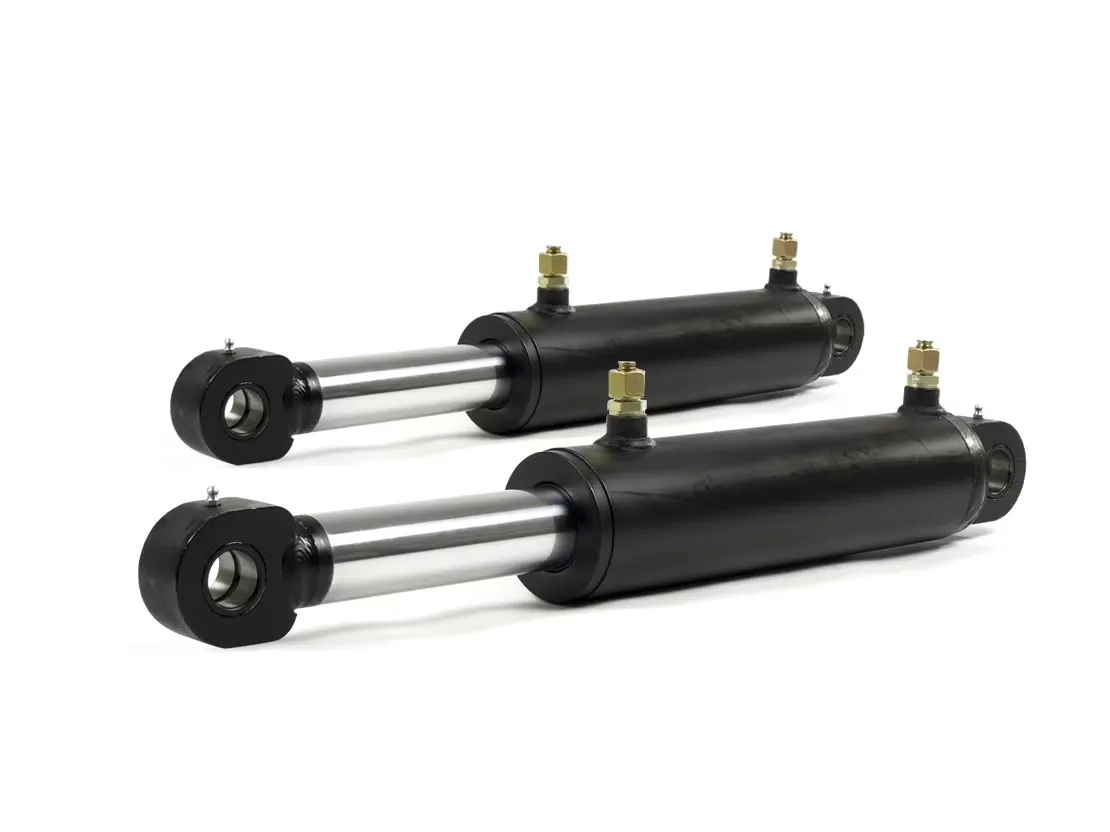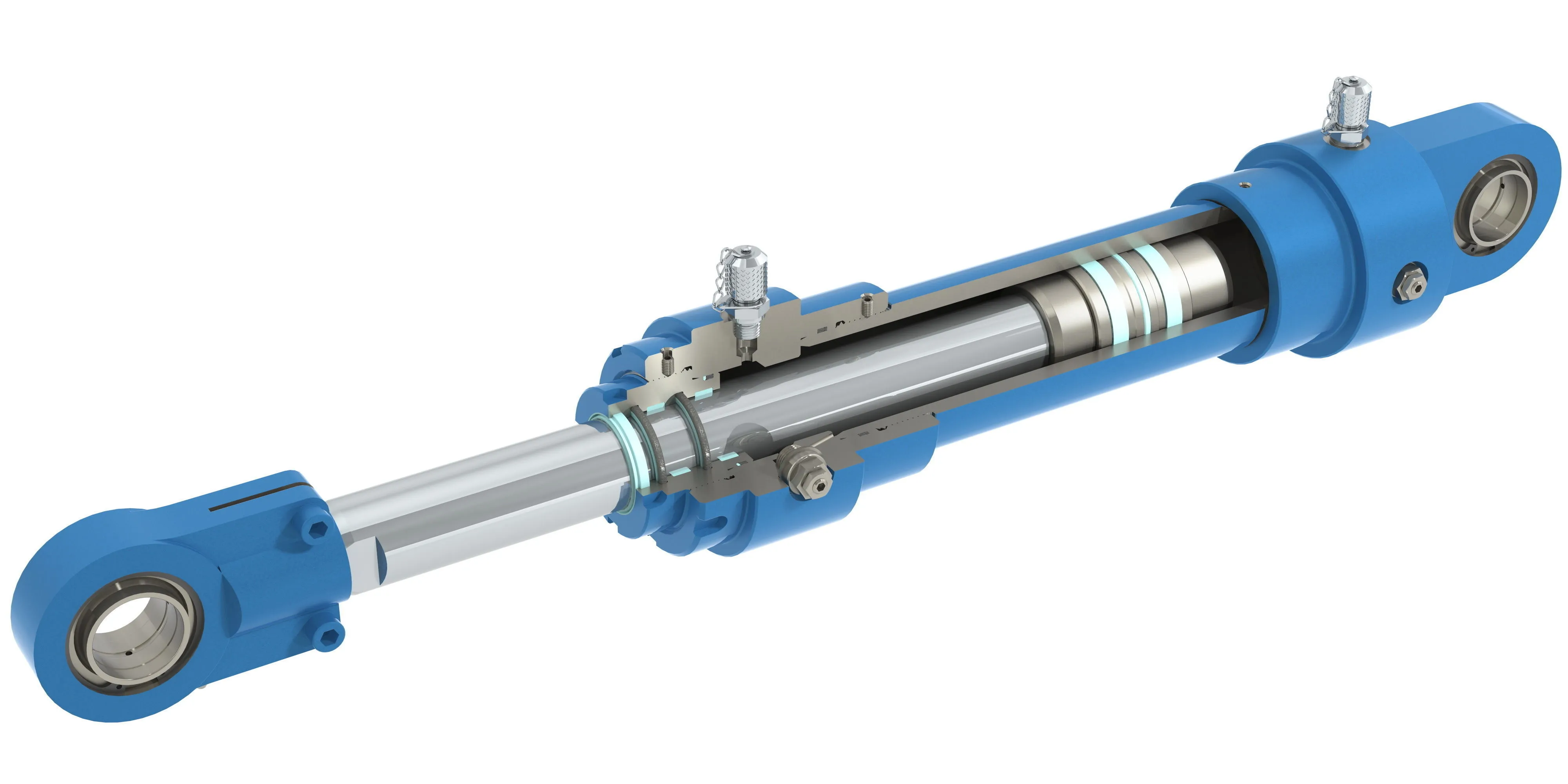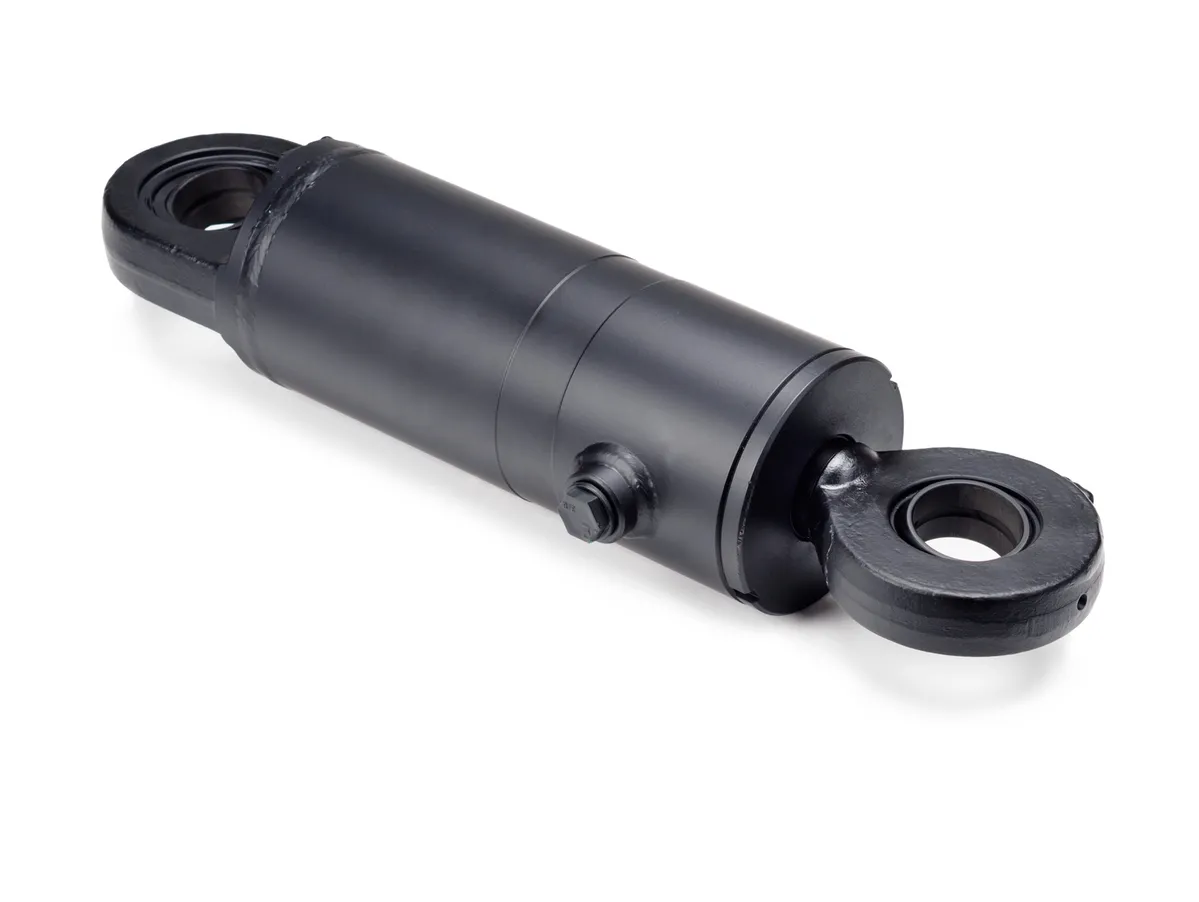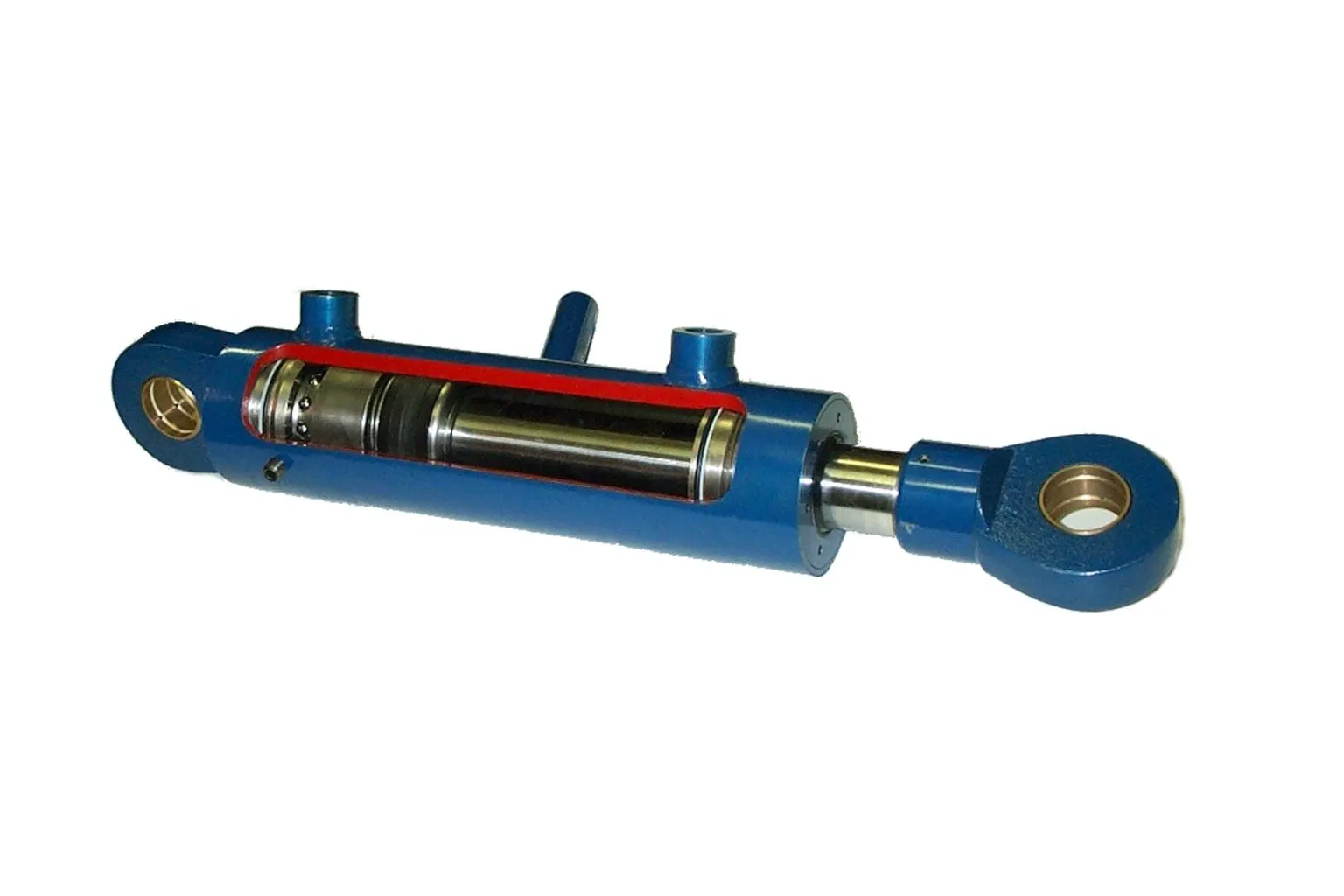Introduction
In the world of manufacturing, hydraulic cylinders play a crucial role in various applications. Among the different types of hydraulic cylinders available, magnetic welded hydraulic cylinders stand out for their unique design and construction characteristics. In this article, we will delve into the key aspects of magnetic welded hydraulic cylinders, including their working principle, design features, advantages, performance characteristics, applications, maintenance, and more.
Design and Construction Characteristics
When it comes to magnetic welded hydraulic cylinders, the design and construction aspects are crucial for their performance and reliability. Let’s explore some of the key features:
Integration of Easy Magnetic Sensor
The built-in magnetic sensor in magnetic welded hydraulic cylinders enables contact-free position detection, enhancing positioning accuracy and reaction speed.
Welded Structure
The welded process used to connect various parts of the hydraulic cylinder enhances its strength and durability, making it suitable for high-pressure and harsh environment work.
Compact Design
Thanks to the use of magnetic sensors, magnetic welded hydraulic cylinders can be designed to be more compact, saving space and suiting space-limited applications.
Sealing Performance
Excellent sealing materials and structure are considered in the design of magnetic welded hydraulic cylinders to ensure that the liquid does not leak, improving reliability and safety.
Construction Characteristics
Precision machining, welded process, testing and verification, and customization are key construction characteristics of magnetic welded hydraulic cylinders:
Precision Machining
In the manufacturing process, precision machining is used to ensure the accuracy and sealing of the assembly.
Welded Process
Advanced welding technology ensures the strength and durability of welded joints, preventing failure under high pressure.
Testing and Verification
After construction, strict performance testing, including pressure testing and position accuracy verification, ensures normal operation.
Customization
Design and construction can be customized according to customer requirements to meet specific applications and environmental conditions.
Working Principle
The working principle of magnetic welded hydraulic cylinders involves various aspects such as liquid transfer force, piston movement, workload, sealing system, and pressure release:

Liquid Transfer Force
When pressure is applied, the hydraulic fluid transfers force to the piston, causing movement.
Piston Movement
The piston moves within the cylinder, creating the necessary force for the intended workload.
Sealing System
The sealing system prevents leakage and contamination, ensuring efficient operation.
Pressure Release
Pressure is released through the hydraulic system to control the movement and force applied by the cylinder.
Types and Configurations
There are three main types of magnetic welded hydraulic cylinders with various configurations, each catering to specific needs:
Type 1
Description of type 1 hydraulic cylinder.
Type 2
Description of type 2 hydraulic cylinder.
Type 3
Description of type 3 hydraulic cylinder.
Advantages
Magnetic welded hydraulic cylinders offer several advantages, including precise positioning, reduced wear, compact design, and more:
Precise Positioning
How magnetic induction improves accuracy and reduces wear in applications.
Reduced Wear
The benefits of non-contact sensing in reducing component wear.
Compact Design
Space-saving compared to traditional cylinders.
Advantage 4
Description of advantage 4.
Advantage 5
Description of advantage 5.
Performance Characteristics
Key performance characteristics of magnetic welded hydraulic cylinders include magnetic position sensing, welded construction, and sealing techniques:
Magnetic Position Sensing

How magnetic sensors detect piston position without contact.
Welded Construction
Benefits of welded design for durability and strength.

Sealing Techniques
Discussion on seals used to prevent leakage and contamination.
Industries
Magnetic welded hydraulic cylinders find wide applications in various industries, including:
Industrial Automation
Description of industrial automation applications.
Material Handling
Description of material handling applications.
Construction Equipment
Description of construction equipment applications.
Industry 4
Description of industry 4 applications.
Industry 5
Description of industry 5 applications.
Design Considerations and Selection Criteria
When selecting magnetic welded hydraulic cylinders, various design considerations such as bearing capacity, sealing, durability, safety, and maintainability should be taken into account:
Bearing Capacity
Exploration of the bearing capacity of magnetic welded hydraulic cylinders.
Sealing
Importance of proper sealing in hydraulic cylinders.
Durability
Discussion on the durability aspect of magnetic welded hydraulic cylinders.
Safety
Importance of safety measures when using hydraulic cylinders.
Maintainability
Discussion on the maintainability aspect of hydraulic cylinders.
Sealing and Lubrication
Sealing and lubrication are essential for the proper functioning and longevity of magnetic welded hydraulic cylinders:
Seals
Various seals such as piston seals, rod seals, polyurethane, and nitrile rubber are used for wear resistance.
Lubrication
Regularly filling the appropriate amount of hydraulic oil for lubrication is necessary.
Maintenance Measures
Regular inspection and preventive maintenance are crucial for the optimal performance of magnetic welded hydraulic cylinders:
Regular Inspection
Importance of regular inspection for detecting potential issues.
Proper Lubrication
Ensuring proper lubrication to prevent wear and tear.
Seal Replacement
Importance of timely seal replacement for preventing leaks.
Calibration Inspection
Regular calibration inspections for accuracy and efficiency.
Installation Guide
Proper installation of magnetic welded hydraulic cylinders is essential for their optimal performance:
Detailed guide on the correct installation process of hydraulic cylinders.
Maintenance Tasks
Three maintenance tasks are essential for the upkeep of magnetic welded hydraulic cylinders:
Task 1
Description of maintenance task 1.
Task 2
Description of maintenance task 2.
Task 3
Description of maintenance task 3.
Safety Considerations
Safety measures and environmental factors should be considered when working with magnetic welded hydraulic cylinders:
Importance of adhering to safety protocols for the safe operation of hydraulic cylinders.
Fault Diagnosis and Common Problems
Diagnosing faults and addressing common problems in magnetic welded hydraulic cylinders are essential for their efficient operation:
Detailed description of common problems and troubleshooting tips for hydraulic cylinders.
Questions and Answers
Here are answers to three common questions regarding magnetic welded hydraulic cylinders:

Question 1
Answer to question 1.
Question 2
Answer to question 2.
Question 3
Answer to question 3.
Long Tail Keywords
Three long-tail keywords related to magnetic welded hydraulic cylinders:
Explanation of each long-tail keyword and its relevance.
Our Company
We are a leading hydraulic cylinder replacement manufacturer with a strong presence in the domestic and international markets:
Description of our company’s product line, certifications, customized services, production equipment, and after-sales support.
Author: lyl
